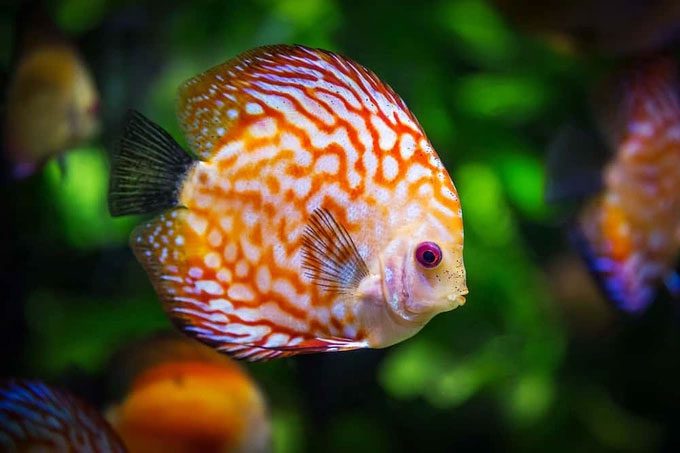Why Must Tuna Always Swim Even While They Sleep?
Tuna Must Swim Even While Sleeping

If they stop swimming, tuna will die from suffocation. (Image: Getty).
Bluefin tuna are remarkable swimmers, capable of reaching speeds up to 40 km/h underwater. However, unlike many other fish species, bluefin tuna cannot pump water through their gills.
Instead, they breathe through a process known as “ram ventilation.” In this process, fish must continuously open their mouths and swim forward to allow a flow of water rich in oxygen to enter. The water then passes over their gills and exits through the gill slits.
This is why tuna must always swim, even when they sleep. If they stop swimming, they will immediately die from suffocation. Moreover, when caught and brought ashore, tuna must be processed and frozen quickly.
In addition to tuna, other fish species such as sharks and mackerel also share this breathing mechanism.
How Do Fish Sleep?

Most fish species can sleep. (Image: Getty).
Almost all animal species sleep. Sleep is essential for refreshing the mind and body. When humans sleep, they typically close their eyes and remain still for an extended period. During this time, we are less aware of our surroundings, and our breathing and heart rate slow down.
This is also true for fish, as they do sleep. However, their sleeping patterns are relatively different. Some fish sleep during the day and only wake up at night, while others sleep at night and are active during the day. It’s quite easy to tell when fish are sleeping—they remain motionless, often at the bottom or near the surface of the water.
Like humans, fish have a biological clock that helps them know when it’s time to do things like sleep and eat. Therefore, even if you accidentally turn on a light at night, fish can still regulate themselves and go to sleep at the appropriate time.


















































